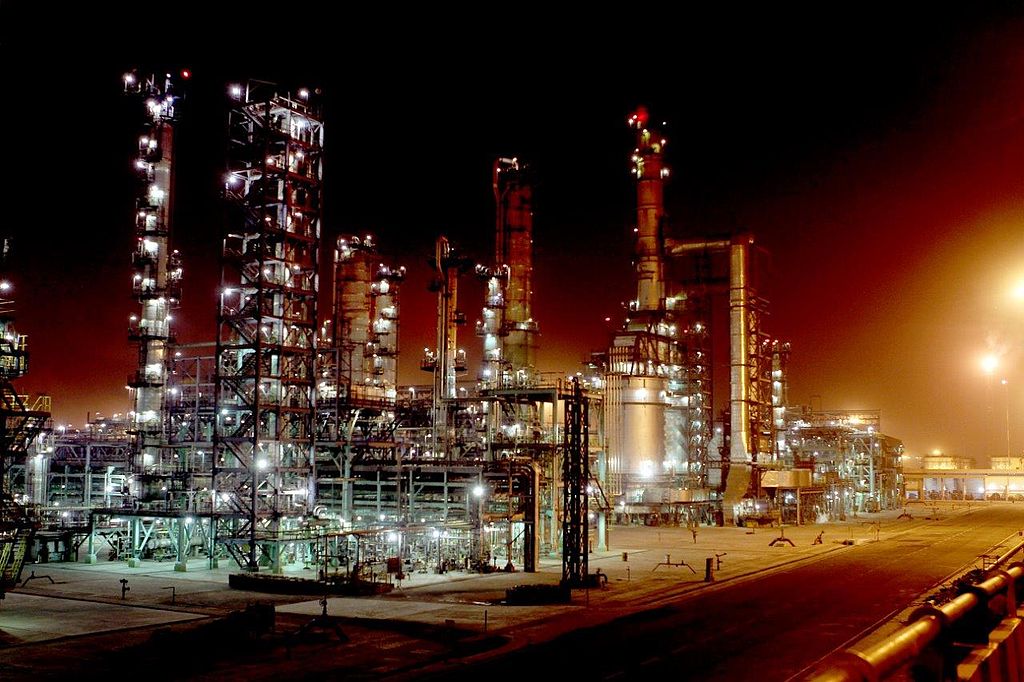
State-owned oil refiner Indian Oil Corporation (IOC) is planning to invest $1.19bn (INR90.28bn) for the construction of a new crude oil pipeline project in the country.
With a nameplate capacity of 17.5 million tonne per annum (MMTPA) capacity, the pipeline will run from the port city of Mundra in Gujarat to IOC’s Panipat refinery in Haryana.
The project will also include installation of nine crude oil storage tanks, each with 60,000 kilolitres capacity, at Mundra.
IOC expects the new pipeline system and storage tanks to help in meeting the increased crude oil requirement following the Panipat refinery expansion from 15 MMTPA to 25 MMTPA.
As part of the Panipat refinery expansion plan, Indian Oil will also install Polypropylene Unit and Catalytic Dewaxing Unit. The Rs324.96bn ($4.39bn) expansion project is due for completion in Q2 FY 2024-25.
Indian Oil said in a press statement: “The crude oil pipeline project is expected to be completed in synchronization with the commissioning of Panipat refinery expansion.”
The Panipat refinery is capable of processing a wide range of both indigenous and imported grades of crude oil into value-added fuels such as petrol, diesel, and ATF.
Said to be the technically most advanced public sector refinery complex of India, the Panipat Refinery & Petrochemical complex is designed to serve the demand of petroleum products in the entire North-Western region in India.
In August 2021, IOC unveiled plans to invest nearly $13.5bn to boost its refining capacity to 106.7 million tonnes over the next four to five years.
The investment forms part of the firm’s plan to meet the anticipated fuel demand growth in near future.


